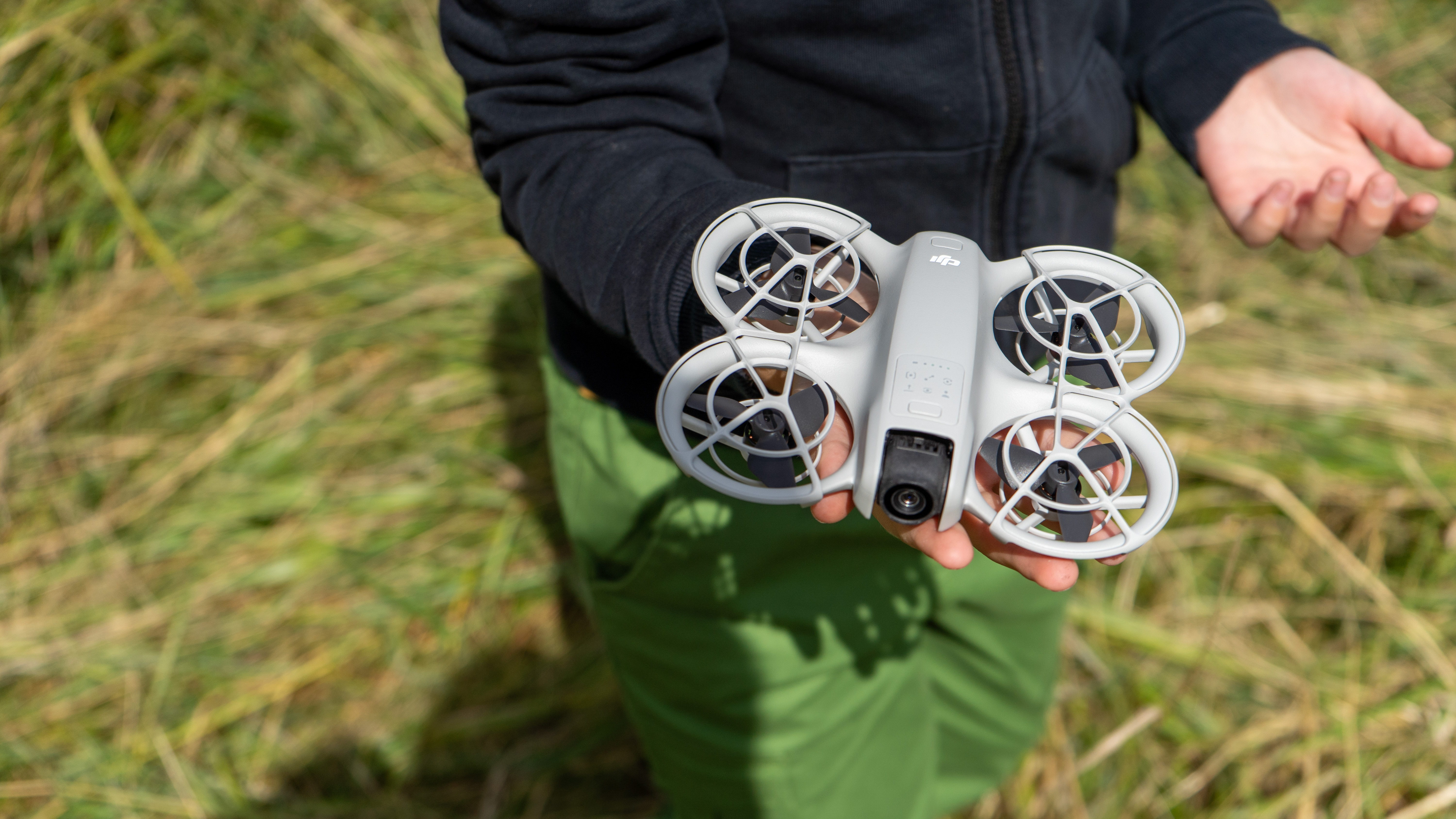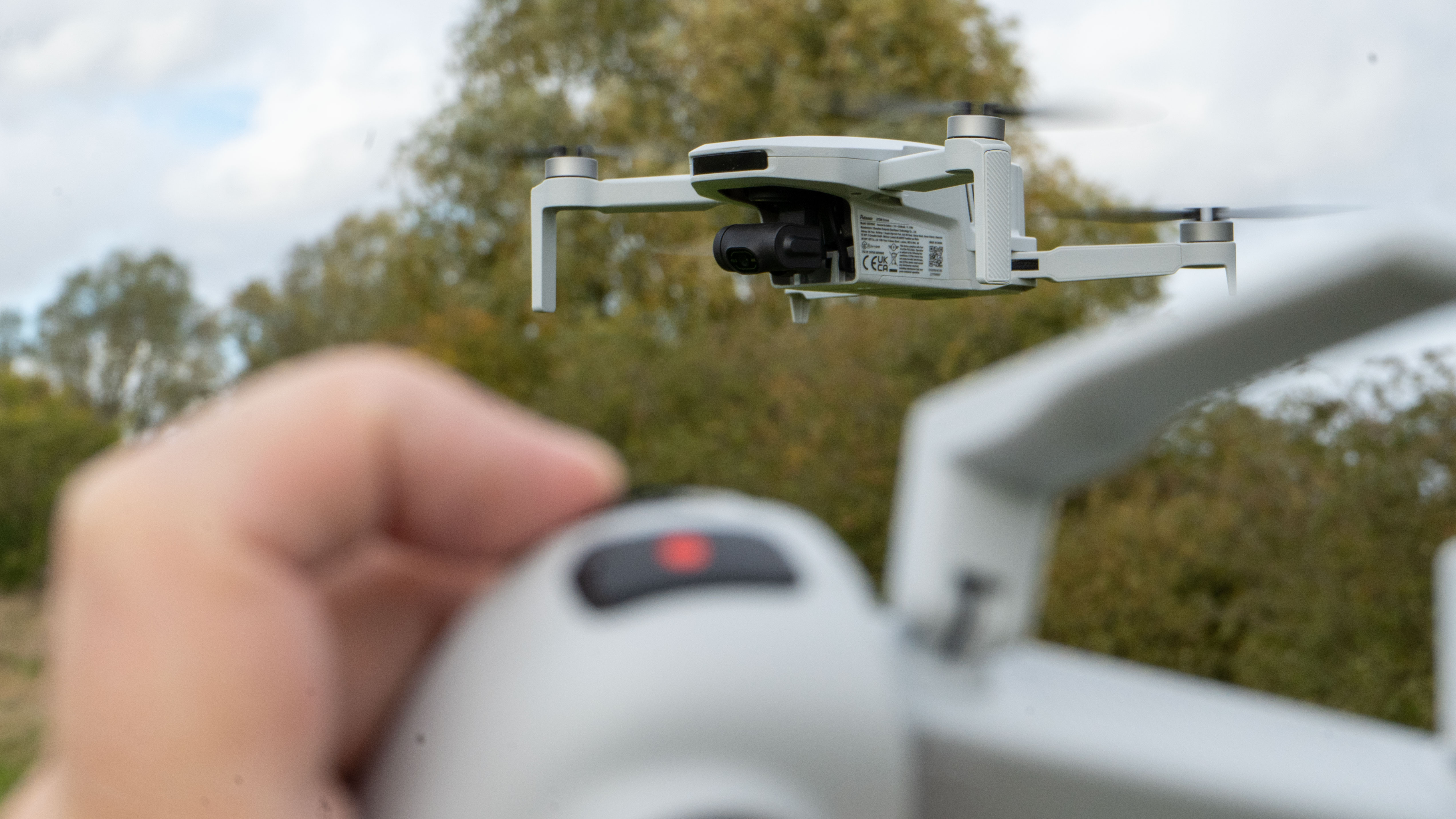Is the ultimate toy also the best educational gift? This DJI drone could get you a job as a scientist – or a filmmaker
If you're looking for a STEM toy that the whole family will love, can capture memories, and can be bought in stages, this DJI Neo FPV drone might be the solution!

As the holidays come up, for the first time ever, there will be an extensive choice of safe drones which have all the fun of toys but also offer more serious STEM potential. Sure, there have been plenty of toys before, and the odd special case, but – writing as a drone expert who has long advocated drones for kids – I know this year is different.
Why? Two things have changed matters more than anything – and the most obvious one is the recent arrival of the DJI Neo.
Tiny drones that are safe for kids are nothing new, but drones that are safe AND have something more than novelty value are unusual.
DJI is the biggest brand in drones – the only one that has its own stores, like Apple – but it has stuck entirely to photography & video style drones. Once they lent some of their tech to a STEM drone called 'Ryze Tello' in a deal with Intel, but it still wasn't a DJI drone and that was launched in 2018.
This new 'Neo' is light – so it can't do much damage – and (relatively) cheap, but loaded with a 4K camera and, crucially for kids, has propellor guards. It is also able to fly without a remote control, using AI to track the subject so (if you don't want to learn too much about drones) you don't have to. Brilliantly, though, that isn't the end of the story...

...what makes the Neo so special is that DJI has looked at most things people do with drones and provided a route into it – including the exciting, high-speed world of FPV – First Person View.
That isn't just a lot of fun, but there are multiple STEM paths from it. My friends in the enthusiast community built a lot of FPV drones, and learned a lot about working with tech and engineering. I don't build as many any more (I don't have time) but I can still use a soldering iron and know more than I ever expected to about how electric motors are controlled, and simply about amps and watt hours – information that might even come in handy if I were designing a car!
The best camera deals, reviews, product advice, and unmissable photography news, direct to your inbox!
If you want to get an idea about it, I really enjoyed listening to this interview with pro FPV pilot Steven Clarey in The Photography & Video Show podcast. It shows there is pro work at the end of an exciting learning experience.
It's also quite a sociable and outdoor one too, which isn't to be sniffed at these days. If kids decide to fly FPV, it is wise to fly with a 'spotter' – a friend or family member to watch the wider sky while they keep their eyes 'in the pilot's seat' – virtually, that is – using the goggles.
Oh, and it looks like that might get even better in the next few days because in our drone rumors you'll find some suggestions that cheaper goggles are on the way.
I said there were two things that had changed – not just the arrival of the Neo. That's true because (alongside a big refresh in the best drones for kids) there is also a much more serious rival in the cheaper photography drone space this year.

In the past, if we're honest, there were some pretty serious compromises made to get fold-out outdoor drones that were 'a bit like the ones photographers had' and, weirdly, some of the cheaper ones weren't even in the safe low-weight categories.
This year the Potensic Atom range is fully in place – offering two 4K camera drones, just under 8oz / 250g. This weight was selected by most aviation authorities because it's relatively safe, and there are much lower restrictions on the need to register to fly at this weight, but it is also heavy enough to cope with the buffeting of some wind.
So, for anyone old enough to have a phone, the Potensic Atom and cheaper Atom SE (which doesn't include a mechanical camera gimbal, so has slightly less steady video) are well worth checking out. The app is sophisticated, with features including programmable routes, so it's for older kids, but – especially if you're looking for a non-DJI option – it's well worth a look.

With over 20 years of expertise as a tech journalist, Adam brings a wealth of knowledge across a vast number of product categories, including timelapse cameras, home security cameras, NVR cameras, photography books, webcams, 3D printers and 3D scanners, borescopes, radar detectors… and, above all, drones.
Adam is our resident expert on all aspects of camera drones and drone photography, from buying guides on the best choices for aerial photographers of all ability levels to the latest rules and regulations on piloting drones.
He is the author of a number of books including The Complete Guide to Drones, The Smart Smart Home Handbook, 101 Tips for DSLR Video and The Drone Pilot's Handbook.
